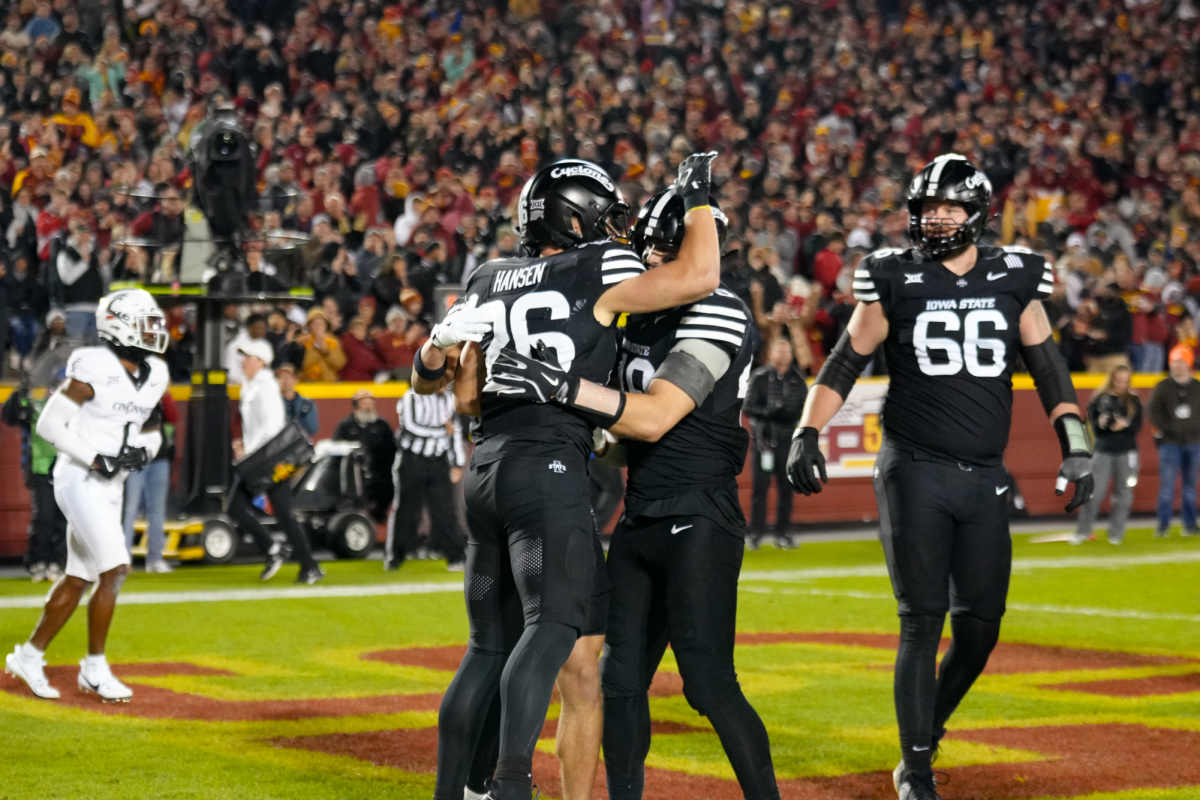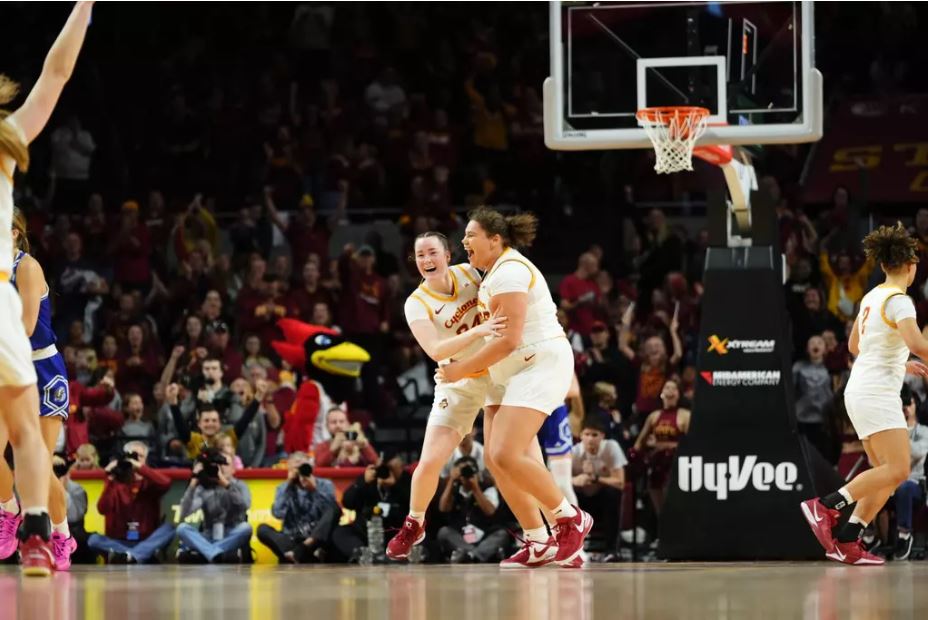EDITORIAL: Noble liquor buffet ban taken too far
January 31, 2003
On Tuesday night four new regulations were proposed to help strengthen the possible ban on liquor buffets in Ames. Sara Kellogg, who works with ISU Substance Abuse Prevention, asked the council to add bans on Ladies’ Nights, penny pitchers, any coin-for-drink special and “2-fer” and “3-fer” promotions. Kellogg presented a number of arguments on why the ban should be expanded, claiming the existing proposal would leave loopholes.
There is a discernible difference between loopholes and restricting free trade. While stopping certain specials that do promote over-drinking can be justified, banning other specials cannot. By combining all drink specials into one large group, the ordinance takes away the right of a bar from offering discounted services to its patrons, a right afforded to and a need required by any business in furthering the spirit of competition. The logic behind ending specials such as Ladies’ Nights and coin-for-drink specials can easily be understood — public welfare is addressed by placing a little more responsibility on the consumer versus the purveyor.
Scott Davis, an employee of Big Shots, made a valid point during the council meeting refuting Kellogg’s argument. Many bar specials are not designed with mass consumption in mind, but rather in the spirit of group interaction and good business. Davis said the point of the “2-fer” and “3-fer” drink specials was so a group of people could buy two or three drinks for the price of one and share the drinks within the group, not for one individual to drink them all by his or her self.
Kellogg also cites the number of alcohol poisonings in Ames over the 2001-2002 school year. According to the Jan. 29 Daily article “City Council hears bar-limit proposals,” Kellogg said ISU PD had responded to and assisted in 18 cases of alcohol poisoning in the residence halls that academic year. This may sound like a compelling statistic until it’s broken down. Out of the more than 27,000 students enrolled during 2001-2002, only 8,611 lived in residence halls. That figures out to less than 1 percent of residence hall students treated for alcohol poisoning in that year.
Granted, the loss of just one life would more than mandate such an ordinance — if the person died as a result of drinking at a bar. But Kellogg’s statistics refer to only Iowa State’s residence halls, an environment predominantly populated by individuals under the age of 21, a population not protected by the ordinance.
Kellogg’s initiative should be applauded, but perhaps reinforced a little more completely with facts that directly pertain to the issue at hand. Over-drinking and binge drinking are undeniably problems on college campuses, but perhaps officials need to take a step back and see the problem for what it is — more of an under-age problem that needs to be addressed before these individuals start frequenting bars.
Editorial Board: Cavan Reagan, Amber Billings, Ayrel Clark, Charlie Weaver






